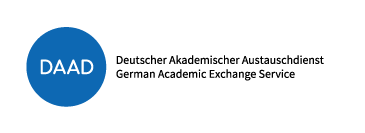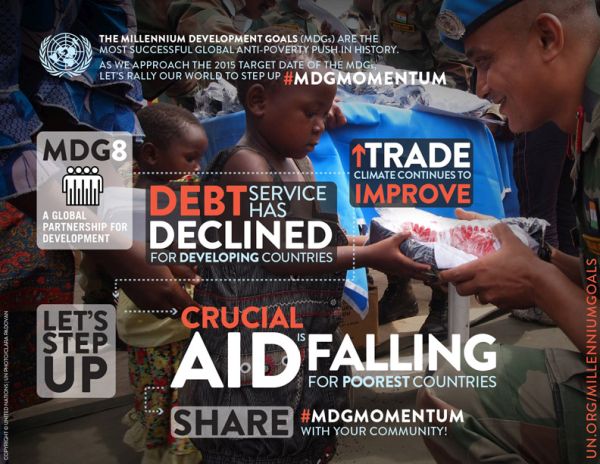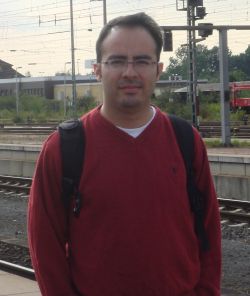Goal 8: Building a global partnership for development
As part of this interview series, DAAD scholarship holders consider the United Nations’ Millennium Development Goals in light of their own unique expertise as both professionals and international students in Germany. DAAD alumnus Julio Cesar Estrada Monterroso works today as a land-use and regional development planner in Guatemala, where he focuses on enabling growth in economically underdeveloped regions.
Local problems, global solutions
After studying city and regional planning at TU Dortmund University and Ardhi University in Tanzania, Julio Estrada now brings his expertise to the table as deputy director for land use and regional planning at the Guatemala’s national planning authority Segeplán.
Income distribution in Guatemala is very uneven today, with over 50% of the population living in poverty. How can international partnerships help with this?
A country must first be politically stable before it can fight poverty; political stability is the only way to ensure investment and healthy employment numbers. But very often developing countries are not able to achieve this stability on their own. One big problem in Guatemala, for example, is corruption. This is why the government joined with the United Nations in 2007 to establish the International Commission against Impunity in Guatemala (CICIG). Thanks to this, it is now possible to investigate criminal organizations and their connections to government officials. In early 2015 this helped uncover a corruption scandal which forced the Guatemalan President to resign. So as structures are gradually established, the basis is created for taking on problems such as poverty.
How does planning benefit developing countries?
Land-use and development planners do not just consider development plans in terms of economics or statistics; they also consider interactions and synergies between people, nature and territory – between the natural and man-made environment. As an example: in Guatemala there are many squatter settlements without running water and sufficient electric power. Instead of moving these people and resettling them somewhere else, we try to make these places more liveable and introduce the necessary infrastructure. This is how economically underdeveloped regions can begin to grow. And we see this approach outside Guatemala as well. The countries of Central America cooperate in the area of development planning because many of these countries lack their own established institutions and regulations. So it makes sense to address these challenges as part of an international network.
You work for the UN Environment Programme on an international mangrove tree project. What role does the cooperation between Guatemala, Honduras and Nicaragua play in this?
Mangrove trees provide natural protection against coastal erosion, and since the mangrove populations extend across Guatemala, Honduras and Nicaragua, these countries need to collaborate in order to ensure preservation. And it works very well. The countries work together to study and quantify this resource, to develop coastal development strategies, and to understand the impact of such strategies on the ecosystem. The international network also creates training/career opportunities for people working in this field, and supports the local communities to use the mangrove forests more sustainably.
As of this year, the Sustainable Development Goals (SDGs) will continue the work begun by the Millennium Development Goals. What is your take on the SDGs?
The UN goals have a positive impact. Before the Millennium Development Goals were established, Guatemala did not have any planning strategy worth mentioning. But this has changed since 2008, when the national planning authority Segeplán began its work. Since 2014 we have a national planning system in place which has helped us develop and establish the country’s own development indicators. This is also one of the challenges when we look at the Sustainable Development Goals: to take the more general goals as articulated by the SDGs, and then distil the relevant action measures for each individual country. Still, global dialogue and international cooperation remain absolutely vital to the success of the SDGs.
How can global partnerships contribute to achieving the Sustainable Development Goals?
Many of the Sustainable Development Goals address problems, like corruption, that many developing countries share, and that many of these countries cannot solve on their own. This is why the individual countries need the support of global networks. Today we see countless products and communications media that are fully globalized. So why not globalize the justice system and human rights too?
Read another interview about goal 8 here!
More information on the eight UN Millennium Development Goal is available here.
More information on the Sustainable Development Goals is available here.
Interview Series “From 1 to 8: How close are we to achieving the Millennium Goals?”







